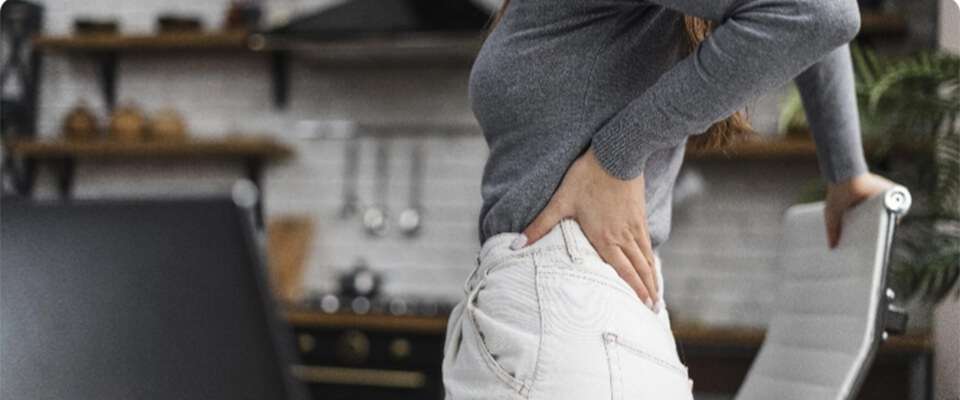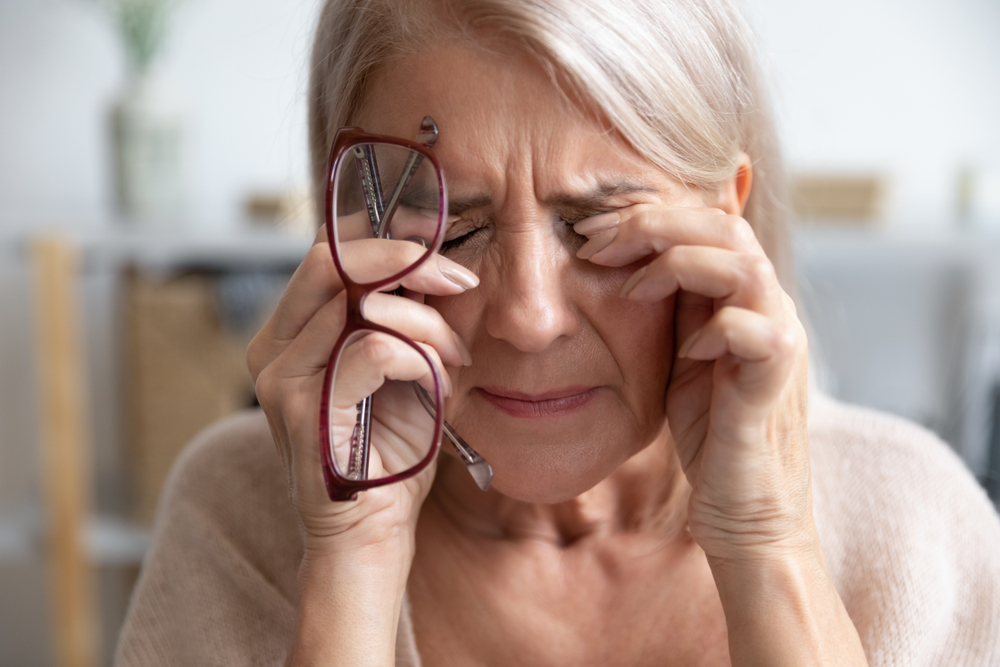
If you have had the misfortune to endure a slipped disc, then you will no doubt be eager to find out what the fastest way to recover from your injury is.
To answer this, it is first important to state that there is no easy way to recover from a slipped disc because even the fastest and most effective treatments – such as stem cell treatments or surgery – will take time. You will have to find out which is the best treatment for you and arrange an appointment to have yourself properly diagnosed, too.
This takes time, meaning that there is no simple way to recover from a slipped disc overnight, but this is not to say that there is no hope of a relatively rapid recovery.
Depending on the severity of your injury, your age, the amount of heavy lifting you do on a regular basis, your overall health, and current lifestyle restrictions, you can either undergo rapid stem cell therapy or even recover from a slipped disc without needing medical treatment at all.
Indeed, it is certainly possible to live with your injury and go through a number of steps to gradually recover all by yourself. However, this option is not for the faint-hearted and will most likely take the longest out of all the possible treatment approaches.
Overall, though, do not be disheartened. As long as you receive professional medical guidance and understand how to best help mend a slipped disc, you will be well on your way to a full recovery in no time.
This is what you need to know about slipped disc injuries and how to recover from them as quickly as possible:
Common symptoms of a slipped disc
Firstly, it is critical to understand exactly what the usual symptoms of a slipped, or herniated disc is to put your mind at ease about your current state and ensure that your injury is actually a slipped disc.
The most common pain and other symptoms of a slipped disc include a lack of mobility in your back, which can make it hard to bend over, twist from side to side, look over your shoulder and perform any kind of heavy lifting.
You may also feel a numbness tingling through your hands, arms, legs, feet, and shoulders. The reason for this is that your spinal cord is where your nerve roots (the section of your spinal nerves travels which branch off to different parts of the body) are found. When you suffer a slipped disc, the piece of tissue (which is all a disc really is) can contact a spinal nerve directly, causing nerve pain that shoots through the body.
Furthermore, a slipped disc can lead to muscle weakness or sciatica (which is when you feel pain in your hips, legs, and glutes) if your slipped disc is pressing on the sciatic nerve. In certain cases, slipped discs can even lead to the loss of control over your bladder or bowels.
It is particularly important in these more extreme instances to seek medical assistance as soon as possible to avoid further pain and damage.
However, it is also important to state that many people who have a slipped disc suffer zero symptoms whatsoever, making it difficult to diagnose and easy to cause further damage. This is why it is so crucial that you have yourself checked over by a medical professional to ascertain whether this is a condition you are suffering from.
Stem cell treatment offers a rapid recovery
Slipped discs can cause a significant amount of pain, leading to considerable disruption to the rest of your life. Being unable to pick up your shopping bags, tie your shoes, drive a car for a meaningful amount of time, or sit at your office desk can quickly turn daily life into misery, so finding the fastest disc injury treatment options is vitally important.
This is why stem cell treatments can be so helpful.
Stem cell therapy aims to reduce the recovery time from a slipped disc substantially, cutting out the need for physical therapy, intrusive surgery, and the potential for further back surgery in the near future.
What’s more, stem cell treatment options reduce many of the potential risks that traditional surgery entails, including the chance of substantial blood loss, a lower infection risk, as well as adverse reactions from the general anesthetic.
Not only does stem cell research aim to reduce the recovery time, but it significantly reduces the level of discomfort you experience during this period, meaning that you have the potential to go back to a more normal life much more quickly.
How to recover naturally
Of course, it is also sometimes possible to recover naturally, although this may take a lot longer than if you were to receive stem cell treatment.
It is crucial that you seek professional medical advice before deciding to recover naturally because the severity of your injury might make avoiding treatment damaging to your health or even make a full recovery impossible.
However, it is worth understanding what to do to help heal your slipped disc, as it will aid your recovery time regardless of whether you receive treatment or not.
Firstly, you need to rest and recuperate for a few days. It might be frustrating to be out of action for a while, but the worst thing you can do when you suffer a slipped disc is to carry on like nothing has happened.
Give your body time to heal. Once the initial pain has subsided after around three or four days, you should then start to ease into physical activity. Indeed, while you should be gentle at first, being active is actually a fantastic way to gradually ease your spine into normal movement again. It will prevent excessive stiffness in your back and help your body to return to a healthier equilibrium.
The key here is to be kind to your body, don’t try to overload yourself with weights in the gym, or try to be a hero with the shopping bags. With a herniated disc, slow and steady always wins the race.
If you are suffering from random pains, it is important to keep checking in with a doctor. If you are given the all-clear to continue your rehabilitation, it may be worth taking painkillers or applying ice bags to the affected area to reduce inflammation, to help you adjust to a more active lifestyle without having to endure unmanageable levels of pain.
Again, double-check with your doctor to confirm precisely which painkillers are suitable for your condition, as some might actually hinder your progress.
Tips for preventing another slipped disc in the future
At this point, you are most likely wondering how you can prevent yourself from ever suffering from a slipped disc again.
While many slipped discs are caused by simple deterioration of the spine (which comes naturally with age and is not something to necessarily worry about), you should take certain measures to lower your chances of being afflicted with the condition.
Leading a healthy lifestyle is key to minimizing your chances of developing a slipped disc. Smoking, for example, has been known to increase your chances of suffering from weakened discs, so bear this in mind if you believe this applies to you.
Be sure to lift heavy objects correctly, keeping your back straight and driving upwards from your legs, thighs, and glutes. You can even train your back to be stronger and handle more pressure on the spinal column by completing specific workouts in the gym, but build up the intensity of your training slowly.
In fact, fitness can go a long way towards preventing a slipped disc.
Staying in good shape means that you will reduce the overall weight pressing down on your spine and keep you flexible when twisting, standing up, and if you accidentally fall. If you do have an exercise regime, it is worth throwing some corrective posture exercises into your workout to combat back and shoulder issues which can be picked up from sitting at desks (or even exercises like bench pressing).
Even if you don’t plan to hit the gym anytime soon, you can still stay in good shape by taking the time to stretch properly every morning, which will reduce the chance of any damage to your back. Alternatively, if you wear a lot of stiletto shoes, or have trouble with flat feet, be sure to wear more support in your shoes to prevent your spine from being thrown out of alignment.
Moreover, a sedentary lifestyle can increase your chances of developing a disc slippage considerably, so if you do a lot of long-distance driving or sit at a desk at work all day, try to work at least a half-hour walk every day. Not only will it help your back, but it will boost your overall cardiovascular health as a result.
When can you expect to recover from a slipped disc?
The vast majority of people recover from a slipped disc after a month or so, although this will depend on whether you seek treatment (and, indeed, the type of treatment you choose).
However, if you fail to achieve any progress after the one-month mark, you should book an appointment with your doctor to see whether anything more serious is amiss or whether it is time to try a different approach.

